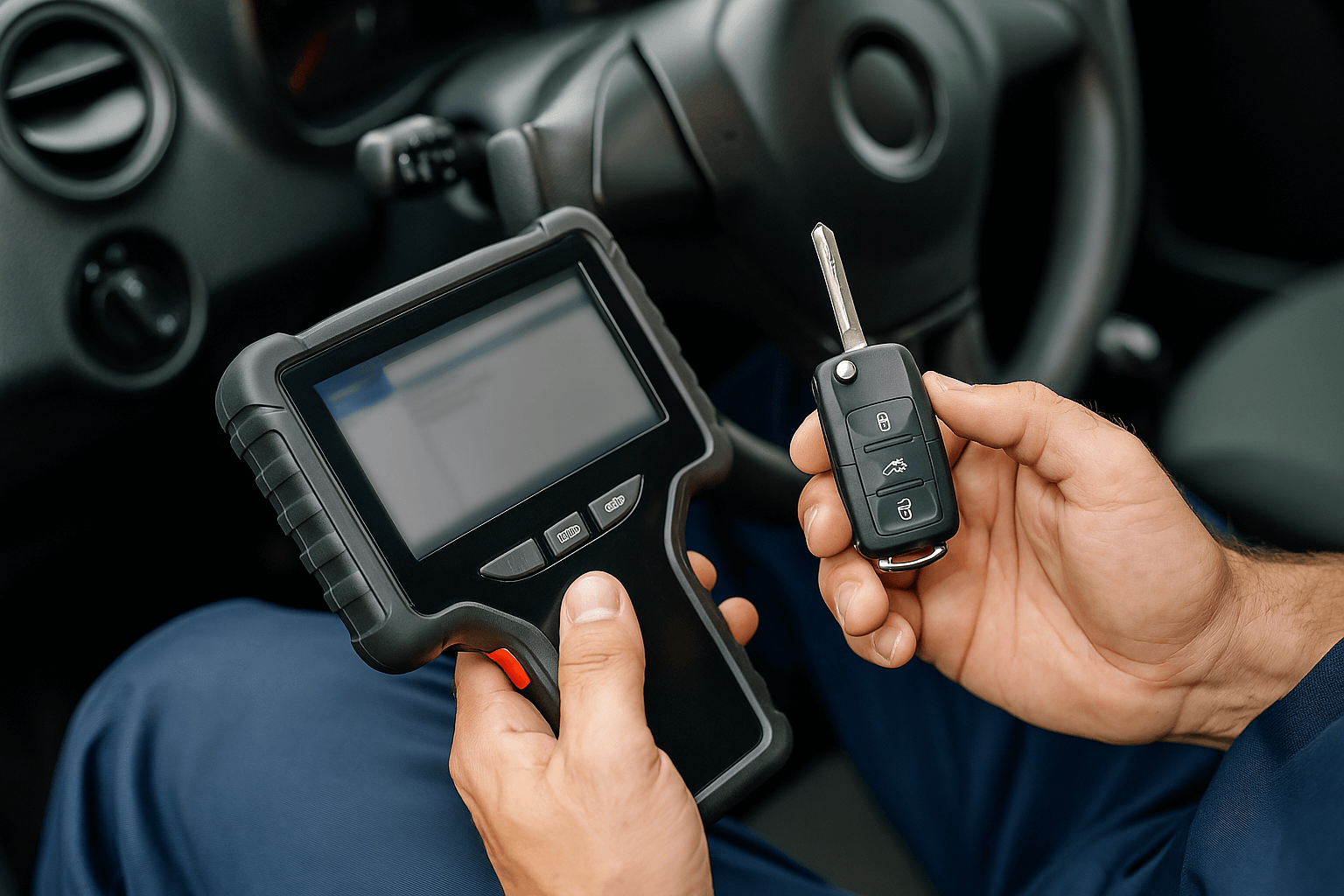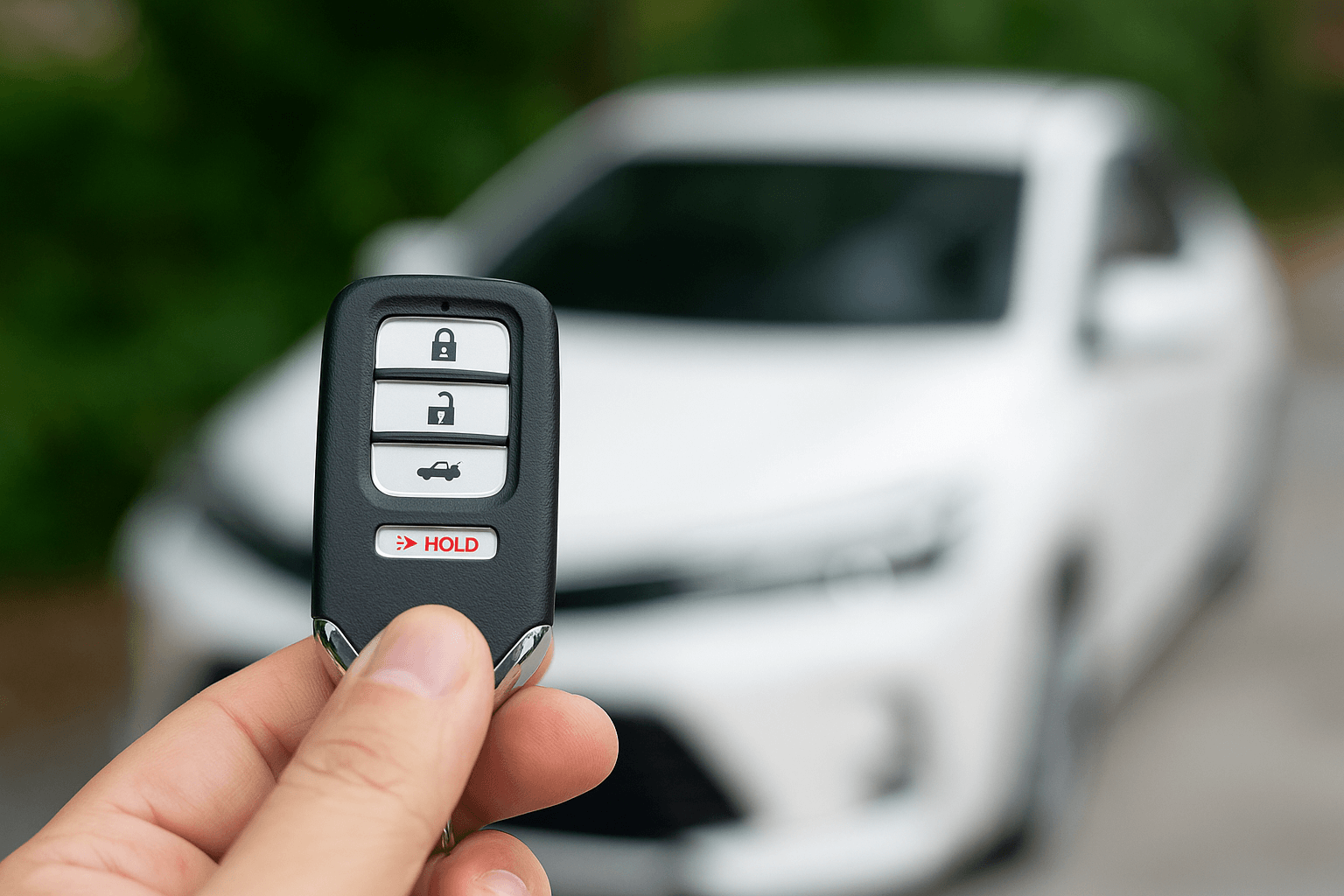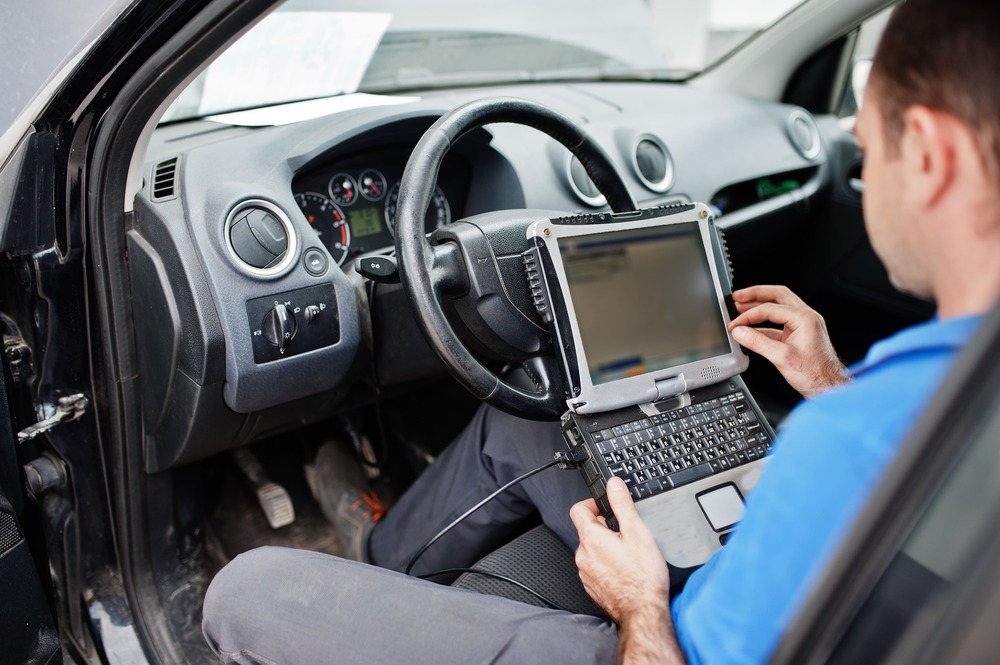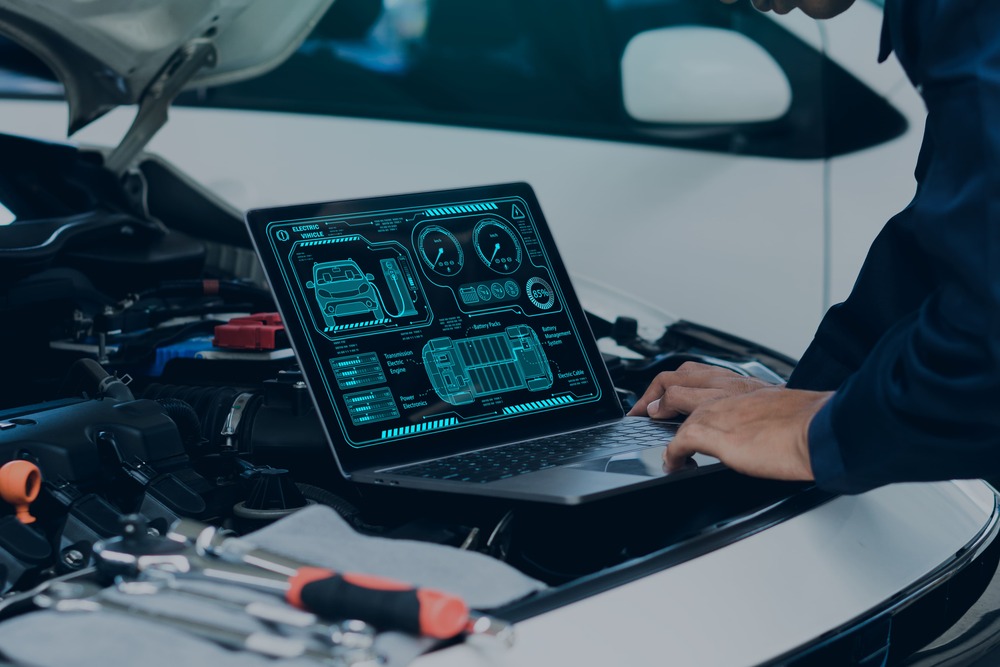[et_pb_section fb_built=”1″ _builder_version=”4.21.0″ _module_preset=”default” global_colors_info=”{}” theme_builder_area=”post_content”][et_pb_row _builder_version=”4.21.0″ _module_preset=”default” global_colors_info=”{}” theme_builder_area=”post_content”][et_pb_column type=”4_4″ _builder_version=”4.21.0″ _module_preset=”default” global_colors_info=”{}” theme_builder_area=”post_content”][et_pb_text _builder_version=”4.25.0″ _module_preset=”default” hover_enabled=”0″ global_colors_info=”{}” theme_builder_area=”post_content” sticky_enabled=”0″]
Understanding the Significance of Vehicle Control Algorithm Errors
[/et_pb_text][/et_pb_column][/et_pb_row][et_pb_row column_structure=”2_5,3_5″ _builder_version=”4.21.0″ _module_preset=”default” global_colors_info=”{}” theme_builder_area=”post_content”][et_pb_column type=”2_5″ _builder_version=”4.21.0″ _module_preset=”default” global_colors_info=”{}” theme_builder_area=”post_content”][et_pb_image src=”data:image/svg+xml;base64,PHN2ZyB3aWR0aD0iMTA4MCIgaGVpZ2h0PSI1NDAiIHZpZXdCb3g9IjAgMCAxMDgwIDU0MCIgeG1sbnM9Imh0dHA6Ly93d3cudzMub3JnLzIwMDAvc3ZnIj4KICAgIDxnIGZpbGw9Im5vbmUiIGZpbGwtcnVsZT0iZXZlbm9kZCI+CiAgICAgICAgPHBhdGggZmlsbD0iI0VCRUJFQiIgZD0iTTAgMGgxMDgwdjU0MEgweiIvPgogICAgICAgIDxwYXRoIGQ9Ik00NDUuNjQ5IDU0MGgtOTguOTk1TDE0NC42NDkgMzM3Ljk5NSAwIDQ4Mi42NDR2LTk4Ljk5NWwxMTYuMzY1LTExNi4zNjVjMTUuNjItMTUuNjIgNDAuOTQ3LTE1LjYyIDU2LjU2OCAwTDQ0NS42NSA1NDB6IiBmaWxsLW9wYWNpdHk9Ii4xIiBmaWxsPSIjMDAwIiBmaWxsLXJ1bGU9Im5vbnplcm8iLz4KICAgICAgICA8Y2lyY2xlIGZpbGwtb3BhY2l0eT0iLjA1IiBmaWxsPSIjMDAwIiBjeD0iMzMxIiBjeT0iMTQ4IiByPSI3MCIvPgogICAgICAgIDxwYXRoIGQ9Ik0xMDgwIDM3OXYxMTMuMTM3TDcyOC4xNjIgMTQwLjMgMzI4LjQ2MiA1NDBIMjE1LjMyNEw2OTkuODc4IDU1LjQ0NmMxNS42Mi0xNS42MiA0MC45NDgtMTUuNjIgNTYuNTY4IDBMMTA4MCAzNzl6IiBmaWxsLW9wYWNpdHk9Ii4yIiBmaWxsPSIjMDAwIiBmaWxsLXJ1bGU9Im5vbnplcm8iLz4KICAgIDwvZz4KPC9zdmc+Cg==” _builder_version=”4.21.0″ _module_preset=”default” global_colors_info=”{}” theme_builder_area=”post_content”][/et_pb_image][/et_pb_column][et_pb_column type=”3_5″ _builder_version=”4.21.0″ _module_preset=”default” global_colors_info=”{}” theme_builder_area=”post_content”][et_pb_text _builder_version=”4.25.0″ _module_preset=”default” custom_padding=”0px||0px|||” hover_enabled=”0″ global_colors_info=”{}” theme_builder_area=”post_content” sticky_enabled=”0″]
In the realm of modern automotive technology, vehicle control algorithms play a pivotal role in managing everything from engine timing and fuel injection to advanced driver-assistance systems (ADAS). These algorithms ensure that vehicles operate efficiently and safely under various conditions. However, errors in these algorithms can significantly impact vehicle performance and safety, making their understanding and rectification crucial for manufacturers and consumers alike.
[/et_pb_text][/et_pb_column][/et_pb_row][et_pb_row _builder_version=”4.21.0″ _module_preset=”default” global_colors_info=”{}” theme_builder_area=”post_content”][et_pb_column type=”4_4″ _builder_version=”4.21.0″ _module_preset=”default” global_colors_info=”{}” theme_builder_area=”post_content”][et_pb_text module_class=”outline_border_white redbox_cta” _builder_version=”4.20.2″ text_font=”Fira Sans|||on|||||” text_text_color=”#FFFFFF” text_font_size=”22px” background_color=”gcid-608057bc-50cc-4b1a-b022-07c31a7462f8″ text_orientation=”center” custom_margin=”5px||||false|false” custom_padding=”50px|50px|50px|50px|true|true” custom_padding_tablet=”” custom_padding_phone=”50px|25px|50px|25px|true|true” custom_padding_last_edited=”on|phone” text_font_size_tablet=”” text_font_size_phone=”18px” text_font_size_last_edited=”on|phone” text_orientation_tablet=”” text_orientation_phone=”center” text_orientation_last_edited=”on|phone” global_colors_info=”{%22gcid-608057bc-50cc-4b1a-b022-07c31a7462f8%22:%91%22background_color%22%93}” theme_builder_area=”post_content”]
Call (305)860-1440 For 24/7 Service
[/et_pb_text][/et_pb_column][/et_pb_row][et_pb_row _builder_version=”4.21.0″ _module_preset=”default” global_colors_info=”{}” theme_builder_area=”post_content”][et_pb_column type=”4_4″ _builder_version=”4.21.0″ _module_preset=”default” global_colors_info=”{}” theme_builder_area=”post_content”][et_pb_text _builder_version=”4.25.0″ _module_preset=”default” hover_enabled=”0″ global_colors_info=”{}” theme_builder_area=”post_content” sticky_enabled=”0″]
What are Vehicle Control Algorithm Errors?
Vehicle control algorithms are complex software codes that govern the operations of different vehicle systems based on sensor inputs and predefined logic. Errors in these algorithms can arise due to programming mistakes, incorrect sensor inputs, or inadequate handling of real-world driving scenarios. Such errors can lead to unexpected vehicle behavior, reduced efficiency, and even critical safety risks.
Common Types of Algorithm Errors
-
Logic Errors:
- Description: Mistakes in the decision-making logic of the algorithm that lead to unintended actions.
- Impact: May cause systems like automatic braking or acceleration to engage improperly.
-
Sensor Integration Faults:
- Description: Errors occur when algorithms misinterpret data from faulty or misaligned sensors.
- Impact: Can lead to incorrect responses such as unnecessary braking or failure to engage stability controls.
-
Software Bugs:
- Description: Flaws in the code that may cause the algorithm to freeze or execute incorrectly under certain conditions.
- Impact: Potential for complete system failures, affecting critical functions like steering and braking.
Diagnosing and Fixing Algorithm Errors
-
Diagnostic Scans:
- Tool: Use specialized diagnostic tools to read error codes that can indicate problems with control algorithms.
- Process: Technicians interpret these codes to understand which part of the algorithm may be malfunctioning.
-
Software Updates:
- Method: Manufacturers often release software updates to fix known issues with vehicle algorithms.
- Application: Updates can be installed during regular service visits or, increasingly, remotely via over-the-air technology.
-
Sensor Calibration:
- Necessity: Ensuring all vehicle sensors are properly calibrated and functioning is crucial for accurate data feeding into control algorithms.
- Procedure: Regular maintenance checks should include sensor inspections and calibrations.
Preventive Measures
- Rigorous Testing: Manufacturers must conduct extensive testing under various conditions to ensure algorithms are robust and handle real-world scenarios effectively.
- Continuous Monitoring: Implement systems to continuously monitor algorithm performance and detect potential errors before they affect vehicle operation.
- User Feedback: Encourage feedback from vehicle users, which can provide real-world data on how algorithms perform and any potential issues.
FAQ
Q: How can I tell if my vehicle has a control algorithm error? A: Symptoms might include erratic behavior of vehicle systems, such as unexpected acceleration changes, braking, or warning lights on the dashboard.
Q: What should I do if I suspect a control algorithm error in my vehicle? A: Contact your dealership or authorized service center. It’s important for safety issues to be diagnosed and addressed by professionals.
Q: Are there any long-term effects of algorithm errors on a vehicle? A: Persistent errors can lead to increased wear and tear on vehicle components, potentially shortening their lifespan and requiring more frequent repairs.
Q: Can vehicle control algorithm errors be prevented by the user? A: While users cannot directly prevent these errors, keeping the vehicle’s software up to date and promptly addressing recall notices can minimize risks.
Conclusion
Vehicle control algorithm errors, while complex, are a critical aspect of automotive safety and functionality. Understanding these errors, how they manifest, and how they are rectified helps ensure that vehicles remain safe and reliable for all road users. Proactive measures by manufacturers and vigilant maintenance by users are essential in managing these sophisticated systems.
[/et_pb_text][/et_pb_column][/et_pb_row][et_pb_row _builder_version=”4.21.0″ _module_preset=”default” global_colors_info=”{}” theme_builder_area=”post_content”][et_pb_column type=”4_4″ _builder_version=”4.21.0″ _module_preset=”default” global_colors_info=”{}” theme_builder_area=”post_content”][et_pb_text _builder_version=”4.21.0″ _module_preset=”default” custom_padding=”|||8px||” global_colors_info=”{}” theme_builder_area=”post_content”][/et_pb_text][/et_pb_column][/et_pb_row][et_pb_row _builder_version=”4.21.0″ _module_preset=”default” global_colors_info=”{}” theme_builder_area=”post_content”][et_pb_column type=”4_4″ _builder_version=”4.21.0″ _module_preset=”default” global_colors_info=”{}” theme_builder_area=”post_content”][et_pb_text _builder_version=”4.21.0″ _module_preset=”default” global_colors_info=”{}” theme_builder_area=”post_content”][/et_pb_text][/et_pb_column][/et_pb_row][/et_pb_section]







